As we all know, this May 11 will officially mark the end of Title 42the controversial anti-immigration measure of the Trump era. Much has been said about the end of this COVID 19-era measure, which has had its ups and downs in the courts and, despite the Biden administration’s intentions, has been in place for virtually its entire tenure.
Now, the question on everyone’s mind is: What’s next after Title 42 is over? What actions will the Biden administration take in the face of the impending immigration crisis at the U.S. southern border? All of this seems to have an answer: Title 8 United States.
Today, the immigration attorneys at Jaskot Law discuss what Title 8 is in the United States and what steps the Biden administration will take after the end of Title 42.
What is Title 8 in the United States?
Title 8 is a section of U.S. immigration law that establishes regulations and procedures for the entry and stay of aliens in the United States. It should be noted that Title 8 has been in existence for years and has been in effect in the country’s immigration policy since before 2020.
This rule includes provisions on eligibility for visas and admission to the United States, as well as criteria for deportation and exclusion of non-compliant individuals. It also establishes the responsibilities and authorities of government agencies charged with enforcing immigration laws.
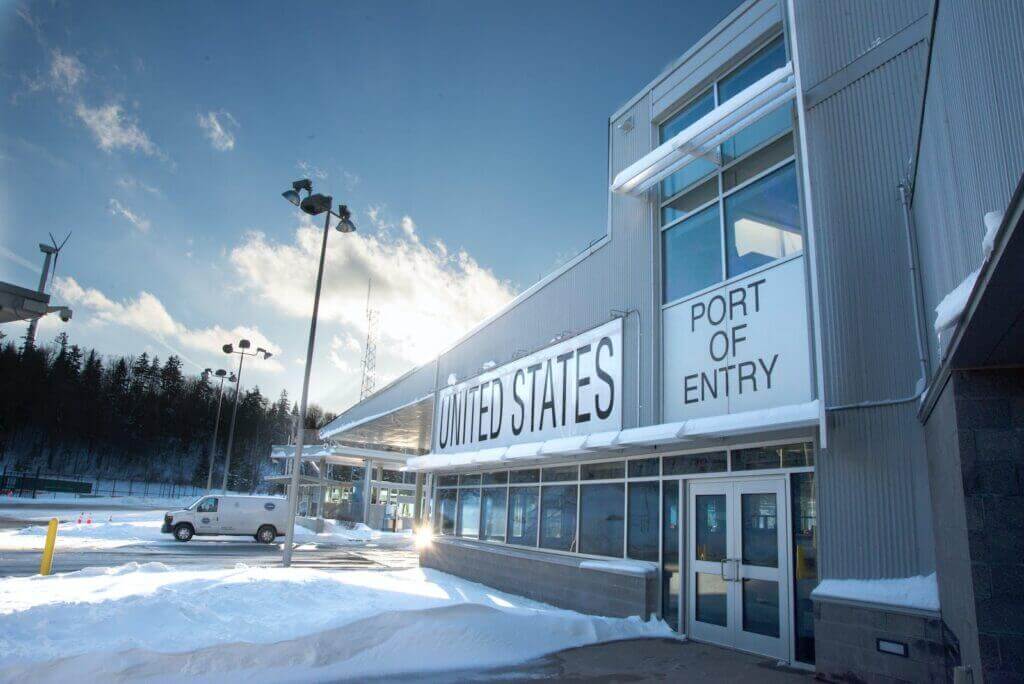
In summary, Title 8 is an important section of U.S. immigration law that establishes the rules and procedures for the entry and stay of aliens in the United States, and regulates the enforcement of these laws by the appropriate government agencies.
It is important to note that, under Title 8, immigrants who cross the border illegally would face much more severe consequences, as they would be immediately deported under Title 8. For this reason, it is highly recommended to have an experienced immigration asylum attorney to guide you through this difficult process.
At Jaskot Law we can help you. Contact us at +1 (410) 235-6868 or [email protected].
What is the difference between Title 42 and Title 8 in the United States?
As we have seen, both Title 8 and Title 42 are measures that severely restrict access for immigrant asylum seekers, particularly across the southern border of the United States.
However, despite these similarities, there is no need to be confused: these are two quite different regulations. The Title 42 was implemented under former President Donald Trump, with the objective of expel migrants attempting to enter the U.S. illegally and, under this measure, those detained at the border were repatriated to Mexico or, in some cases, to their countries of origin.
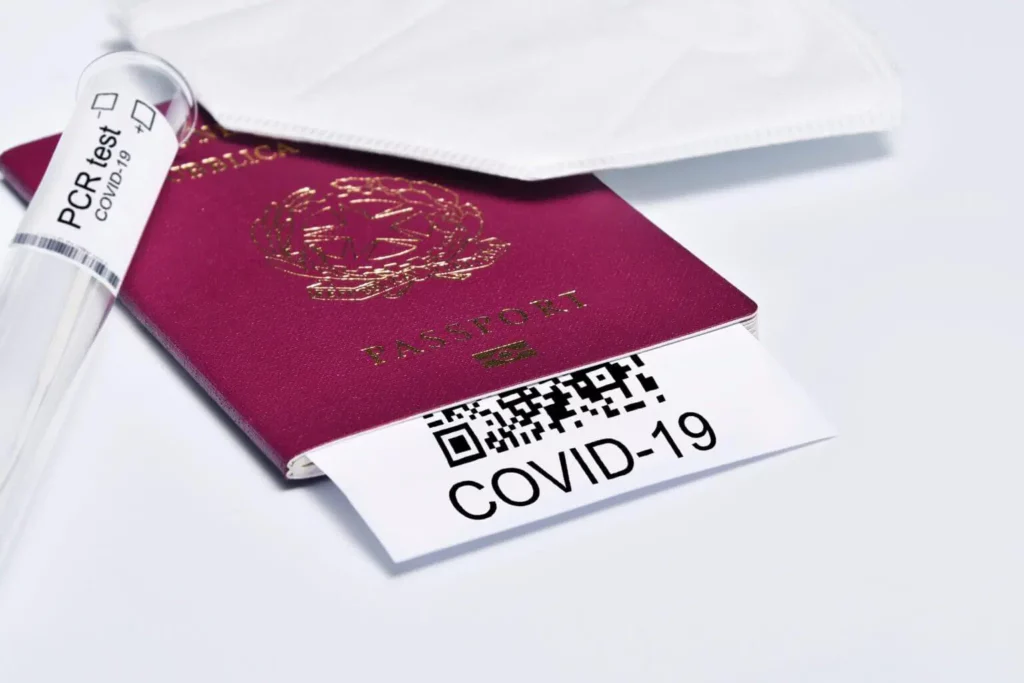
Now, under Title 8, border agents will interview immigrants, who will have to argue whether they have a compelling reason to enter the country, such as treatment of an illness or caring for seriously ill family members. If this cannot be proven, deportation will be immediate.
On the other hand, asylum seekers may be admitted to the country if they can demonstrate the existence of a credible fear of persecution on account of race, religion, nationality, membership of a social group or political opinion.
However, as stipulated in Title 8, in the first instance they will only be allowed to reside in the United States while the corresponding legal protocol is being followed, so their stay in the country is not guaranteed, even if they have entered legally.
What’s next for Title 8 in the United States?
On the other hand, the Biden administration has announced a series of immigration measures and policies that will accompany the implementation of Title 8 in the face of the impending crisis at the southern border of the United States that would accompany the end of Title 48.
For this reason, we will review some of these measures that seek to alleviate the already complicated situation at the southern border of the country and provide more facilities and legal access to migrants seeking to enter the United States.
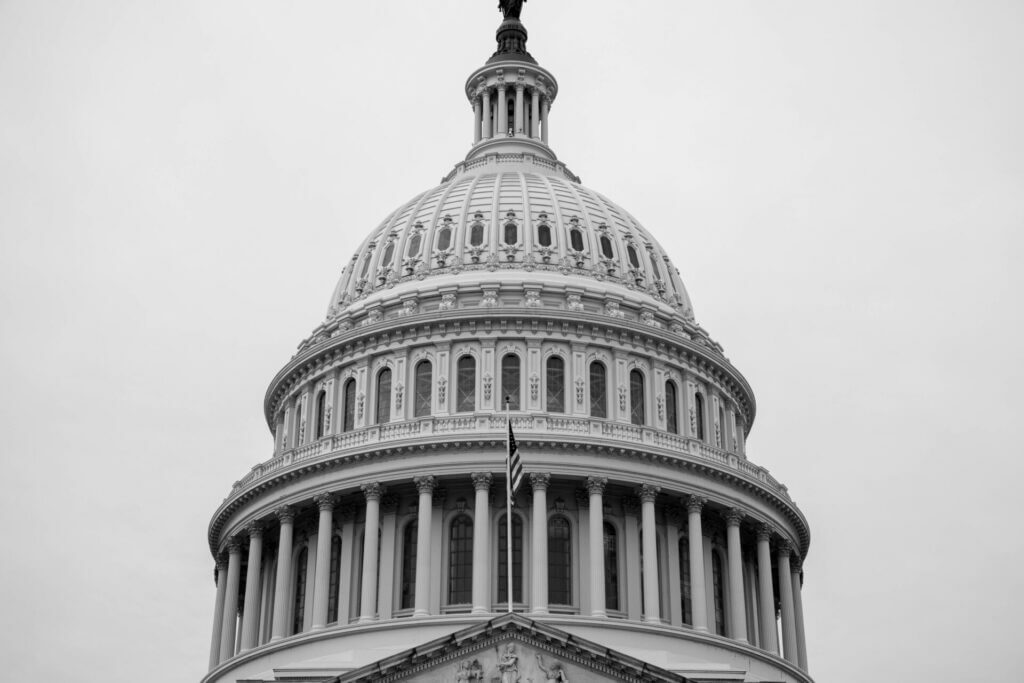
Opening of Regional Processing Centers in Latin America
As announced by the Biden administration in April of this year, new Regional Processing Centers will be created in Colombia and Guatemala, two countries through which migrants often pass on their way to the U.S.-Mexico border.
These Processing Centers will operate as “international partners” and will serve as administrative filters where immigrants will be interviewed each month to verify whether they meet the requirements of the U.S. refugee program.
New “parole” type processes
According to the State Department, the U.S. Department of Homeland Security (DHS) is working to establish new parole-type processes for Cuban, Haitian and Nicaraguan citizens.
These measures are based on successful processes for Venezuelan and Ukrainian nationals, which combine safe, orderly and legal pathways to enter the United States and also include the possibility of obtaining work authorization.
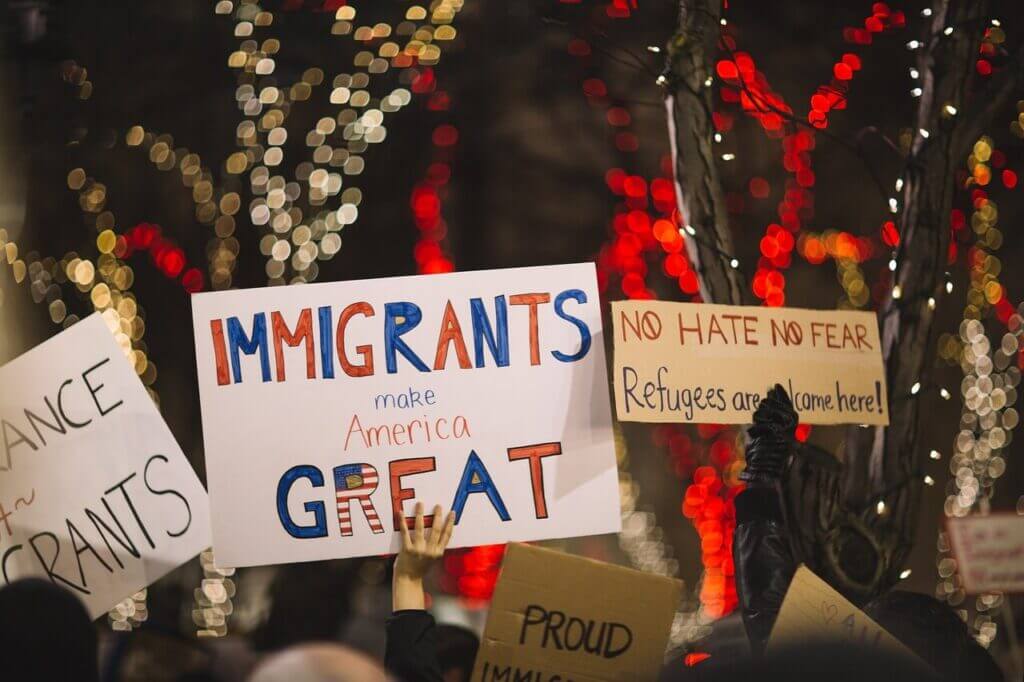
CBP One Application
The CBP One application will function as a new mechanism for scheduling appointments to appear at ports of entry to facilitate the organization of immigrants arriving at border crossing points. In addition, CBP One will be used to help ensure safe and orderly processing at ports of entry.
However, there have already been problems due to the high demand for appointments, which has led to the separation of many migrant families at the border and a significant backlog of asylum applications in the United States.
Expansion of the use of accelerated expulsion
DHS is working to expand the “expedited removal” process, through which, as stipulated by Title 8 in the United States, any immigrant who crosses the border illegally will be immediately deported.
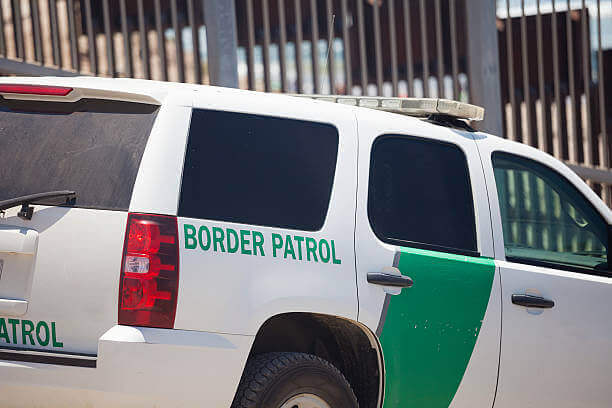
New legal remedies and procedures for immigrants
While it is not yet known what these will be and how they can be applied for, the Biden administration has announced that, along with the restrictions that Title 8 will bring, new legal avenues for entry into the United States will be announced.
At Jaskot Law We are keeping an eye on these announcements and will communicate them on our blog as soon as there is news about them. In addition, if you need help regularizing your status or are looking for ways to enter the country legally, one of our attorneys can help you. Contact us at +1 (410) 235-6868 or [email protected].
Conclusion
The end of Title 42 may be an important milestone for the migrant community, as the controversial COVID-19 era measure represented a difficult hurdle for asylum seekers.
However, this is no reason to relax, as its “replacement,” Title 8, is also a harsh measure that provides for the immediate deportation of migrants found crossing the border illegally.
On the other hand, although Title 8 and Title 42 have similarities in terms of the strict treatment of illegal border crossers, they are two vastly different pieces of legislation.
Although Title 8 is extremely strict in this regard, it will also be accompanied by immigration measures and policies that will seek to alleviate the impending immigration crisis at the southern border of the United States.
Finally, it should be noted that, although some of these measures have already been defined by the State Department and the Department of Homeland Security, the new legal remedies that the Biden administration will provide for entry into the United States are yet to be announced. For this reason, from the blog of Jaskot Law we will be attentive to the news about these new migratory resources.
If you need help regularizing your status or are looking for ways to enter the country legally, we at Jaskot Law we can help you. Contact us at +1 (410) 235-6868 or [email protected].
Sources
CNN.
Frequently Asked Questions
What is Title 8 in the United States?
Title 8 is a section of U.S. immigration law that establishes regulations and procedures for the entry and stay of aliens in the United States. This rule includes provisions on eligibility for visas, admission to the United States, as well as criteria for deportation and exclusion of non-compliant individuals.
What is the difference between Title 42 and Title 8 in the United States?
Both are measures that severely restrict access for immigrant asylum seekers, particularly across the southern border of the United States. However, Title 42 was implemented under former President Donald Trump with the objective of expelling migrants who tried to enter the United States illegally, while Title 8 establishes an interview procedure for immigrants, who must argue whether they have a compelling reason to enter the country. On the other hand, asylum seekers may be admitted to the country if they can demonstrate the existence of a credible fear of persecution.
What consequences do immigrants who cross the border illegally under Title 8 face?
Under Title 8, immigrants who cross the border illegally would face much more severe consequences, as they would be immediately deported under Title 8.
What happens to asylum seekers who enter the United States legally under Title 8?
Asylum seekers may be admitted to the country if they can demonstrate the existence of a credible fear of persecution on account of race, religion, nationality, membership of a social group or political opinion. However, in the first instance, they will only be allowed to reside in the United States while the corresponding legal protocol is fulfilled, so their stay in the country is not guaranteed, even if they have entered legally.
What actions will the Biden administration take in the face of the impending immigration crisis at the U.S. southern border?
The Biden administration has announced a series of immigration measures and policies that will accompany the implementation of Title 8 in the face of the impending crisis at the U.S. southern border that would accompany the end of Title 42. These measures seek to alleviate the already complicated situation at the country’s southern border and focus on the protection and well-being of migrants, family reunification and humanitarian attention.

